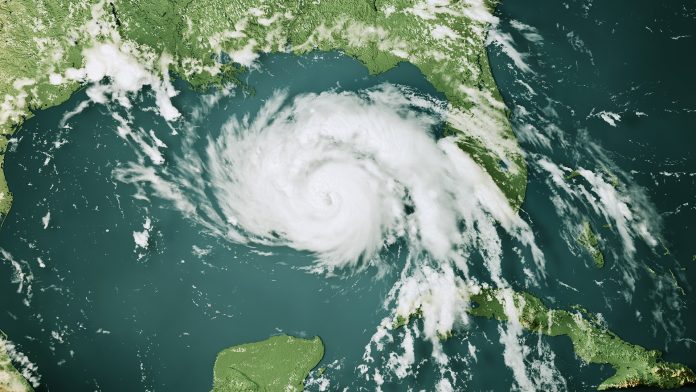A team of researchers developed a magneto-impedance sensor magnetometer (MIM) to determine the status of space weather from the ground without the use of satellites.
The team, from the Institute of Space-Earth Environmental Research (ISEE) at Nagoya University in Japan, used a sensor manufactured by Aichi Steel Corporation to build the MIM. This device measures variations in the Earth’s geomagnetic field, which are closely related to phenomena taking place in outer space.
The study, titled ‘Application of Magneto-Impedance (MI) Sensor to Geomagnetic Field Measurements,’ was published in the Journal of Geophysical Research: Space Physics.
Using weather information to maintain safety in space
“In recent years, space travel by private citizens has become more common. In addition, the Japan-US-EU joint Gateway Projects to build a space station in lunar orbit have been launched,” explained lead author Masahito Nosé. “Therefore, we need more real-time space weather information to know what is happening in space to the safety and maintenance of spacecraft.”
Although people often imagine space to be a vacuum, it is filled with space plasma, consisting of charged particles held in a hot gas. When these particles interact with the Earth’s magnetic field, they cause ‘space weather’ effects, such as geomagnetic storms or space auroras, that can affect satellites, space stations, and astronauts.
Despite the importance of monitoring space weather, it is difficult for a device to remain in space and continually monitor the space environment. On the other hand, environmental changes that occur in space can be observed from the ground because they are transmitted as electromagnetic waves along the Earth’s magnetic field.
Unfortunately, standard approaches to making such observations have struggled because it is necessary to capture weak magnetic field fluctuations, often a fraction of the size of the Earth’s magnetic field.
Solving observation issues with the MIM
Associate Professor Nosé of ISEE, in collaboration with Aichi Steel Corporation, has developed a low-cost system to measure the Earth’s magnetic field using the magneto-impedance (MI) effect, which was discovered in 1993 at Nagoya University.
Although the Aichi Steel Corporation sensor originally measured only the AC components of the geomagnetic field, the researchers implemented a magnetic-flux locked loop circuit in the MI sensor to extend the measurement range.
The newly developed MIM is suitable for observations of phenomena, such as storms generated by an enhancement of the solar wind dynamic pressure and long-period geomagnetic pulsations. It is also lightweight, power efficient, and comparatively inexpensive. This should make it easier to construct a multi-point observation network, which could speed up space environment monitoring and space weather research.
Nosé installed the MIM for a month of continuous observation at the Mineyama observatory for experimental field observations, near Kyoto, Japan. Although weak geomagnetic fluctuations are difficult to capture, he identified those approximately 1/100,000th the size of the earth’s magnetic field.
Nosé said: “Various phenomena that occur in space are transmitted as electromagnetic waves in a plasma along the magnetic field of the Earth, causing weak geomagnetic fluctuations on the ground.
“Therefore, using the magnetic sensor developed in this research, it is possible to investigate space weather without leaving the ground.
“These geomagnetic fluctuations reflect the electromagnetic energy in space that is related to phenomena such as the generation of auroras and the weight and density of plasma in space. We expect that detailed analysis will lead to the development of real-time monitoring of the space environment and the advancement of space weather research.”







